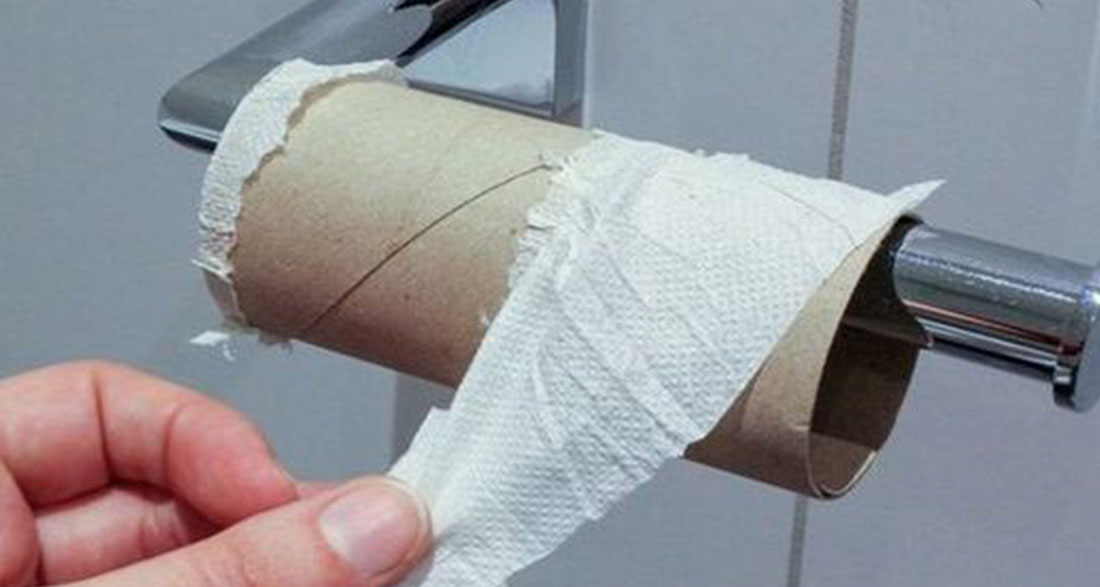The Future of Toilet Paper: Are We Nearing the End of the Roll?
Toilet paper is something most of us use every day without a second thought. But what if it disappeared from store shelves forever? This might sound strange, but growing concerns about the environment and health are leading people to question whether toilet paper’s days are numbered. So, are we really approaching the end of the roll?
The Environmental Impact of Toilet Paper
Toilet paper has been around since the mid-1800s when Joseph Gayetty invented it. It quickly became an essential item worldwide. But there’s a downside. Making toilet paper takes a huge toll on the environment. Millions of trees are cut down each year just to make it, which contributes to deforestation and pollution. As people become more aware of this, they’re starting to ask, “Is there a better way?”
The Health Risks of Toilet Paper
It’s not just the environment that’s at risk—our health could be too. A study from the University of Florida found that some toilet papers contain harmful chemicals like BPA and chlorine. These toxins can cause serious health problems, including issues with reproduction and even certain types of cancer. The situation is particularly alarming in France, where levels of contamination in toilet paper are especially high.
Looking for Cleaner, Greener Alternatives
In response to these concerns, many people are exploring eco-friendly alternatives to traditional toilet paper. Washing with soap and water is one option that’s gaining popularity. Not only is it better for the environment, but it’s also more hygienic. Bidets, which are common in Japanese bathrooms, are another alternative that’s catching on in other parts of the world. Modern bidets with water jets and dryers offer a clean and sustainable way to stay fresh without using toilet paper.
The Rise of Reusable Toilet Paper
Another alternative that’s gaining attention is reusable toilet paper. This might sound a bit unusual, but it’s actually a simple concept. Reusable toilet paper is made from washable materials like cotton. After using it, you can wash it and use it again, which cuts down on waste in a big way. It’s an eco-friendly option that more and more people are starting to consider.
Changing Habits: Will People Make the Switch?
Switching from toilet paper to these alternatives isn’t just about finding the right products—it’s also about changing habits that have been around for a long time. “It’s not easy to change something so ingrained in daily life,” some might say, but raising awareness and making these alternatives more accessible can help. Informational campaigns that highlight the hygiene and environmental benefits of these new options are key to getting people on board.
The Cost of Going Green
There’s also the cost factor to think about. Installing a bidet or buying reusable toilet paper can be expensive at first. But over time, these investments can save money by eliminating the need for disposable paper products. It’s important for both consumers and policymakers to consider these costs and benefits when thinking about making the switch to greener options.
Updating Public Spaces
It’s not just homes that need to adapt—public places will need to make changes too. This means updating the infrastructure in public buildings, especially older ones, to accommodate new toilet solutions. Although this might require a significant investment, careful planning can ensure that these facilities are both accessible and well-maintained, making the transition easier for everyone.
The Role of Governments in Promoting Change
Governments can play a big role in encouraging the switch to alternatives. Through tax incentives, subsidies, and regulations, they can make it easier and more affordable for people to adopt bidets and reusable toilet paper. These policies can help overcome economic barriers and drive significant changes in how people think about their bathroom habits.
A Cleaner, Greener Future
The conversation about toilet paper and its alternatives is part of a larger discussion about public health, sustainability, and overall well-being. By exploring these new options, we can reduce our impact on the environment while also improving hygiene standards. So, is the future cleaner and greener without toilet paper? It just might be.

